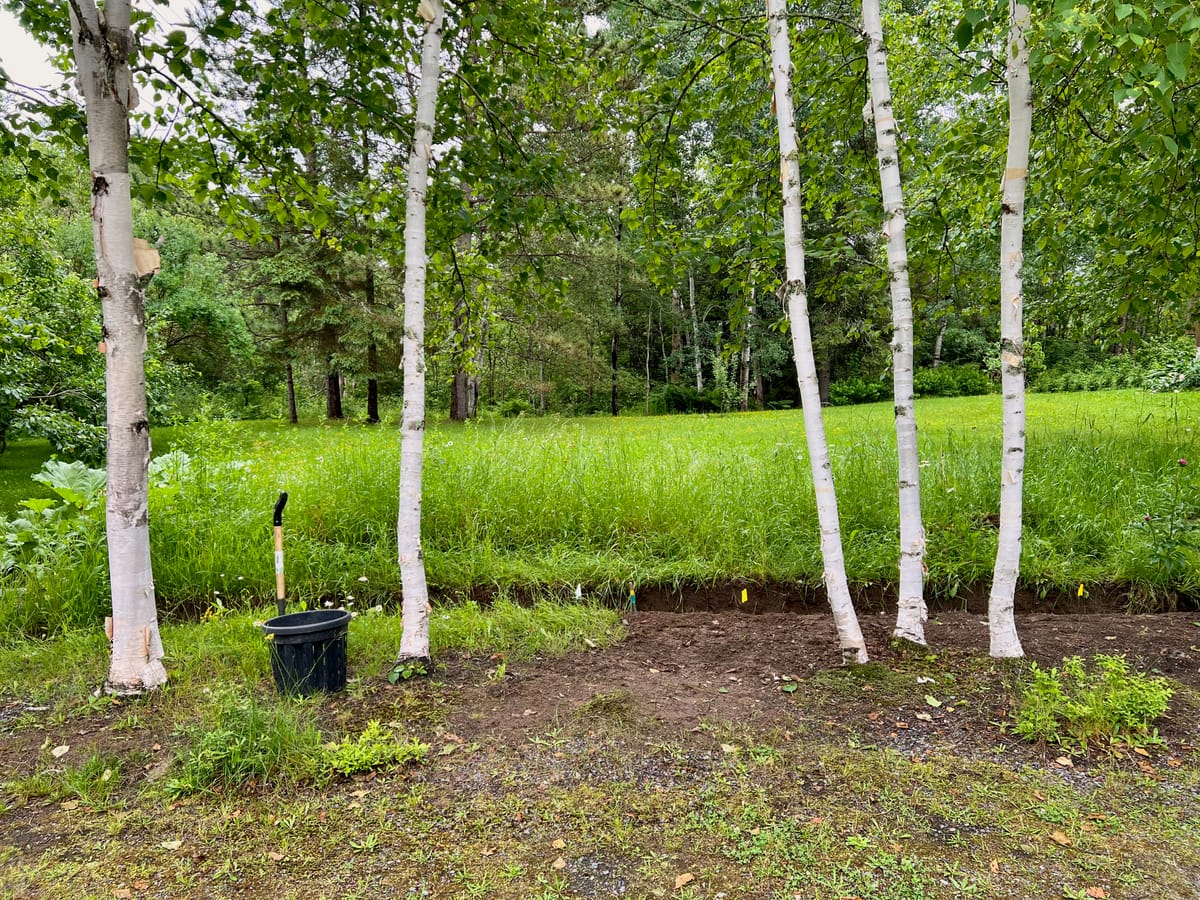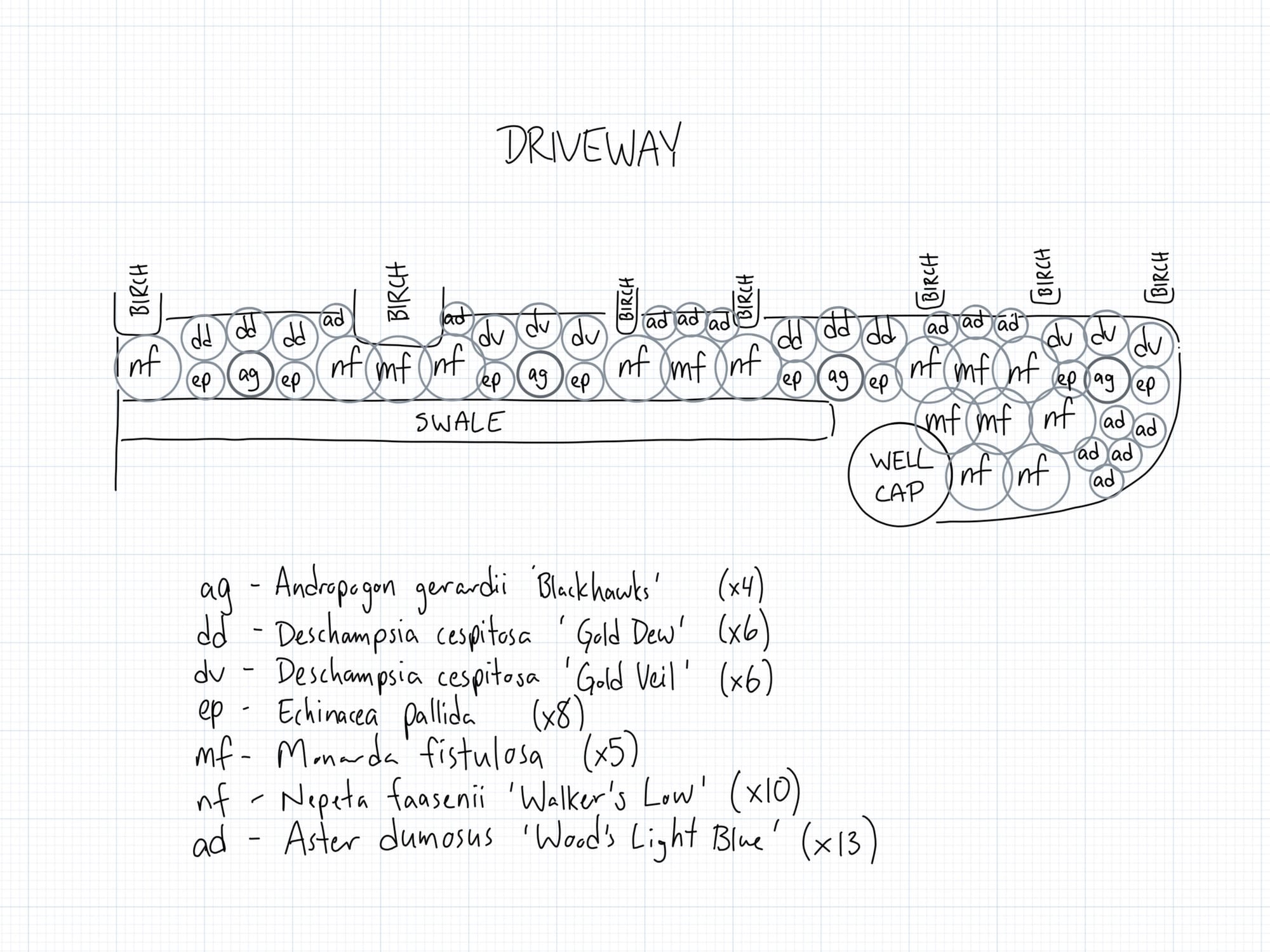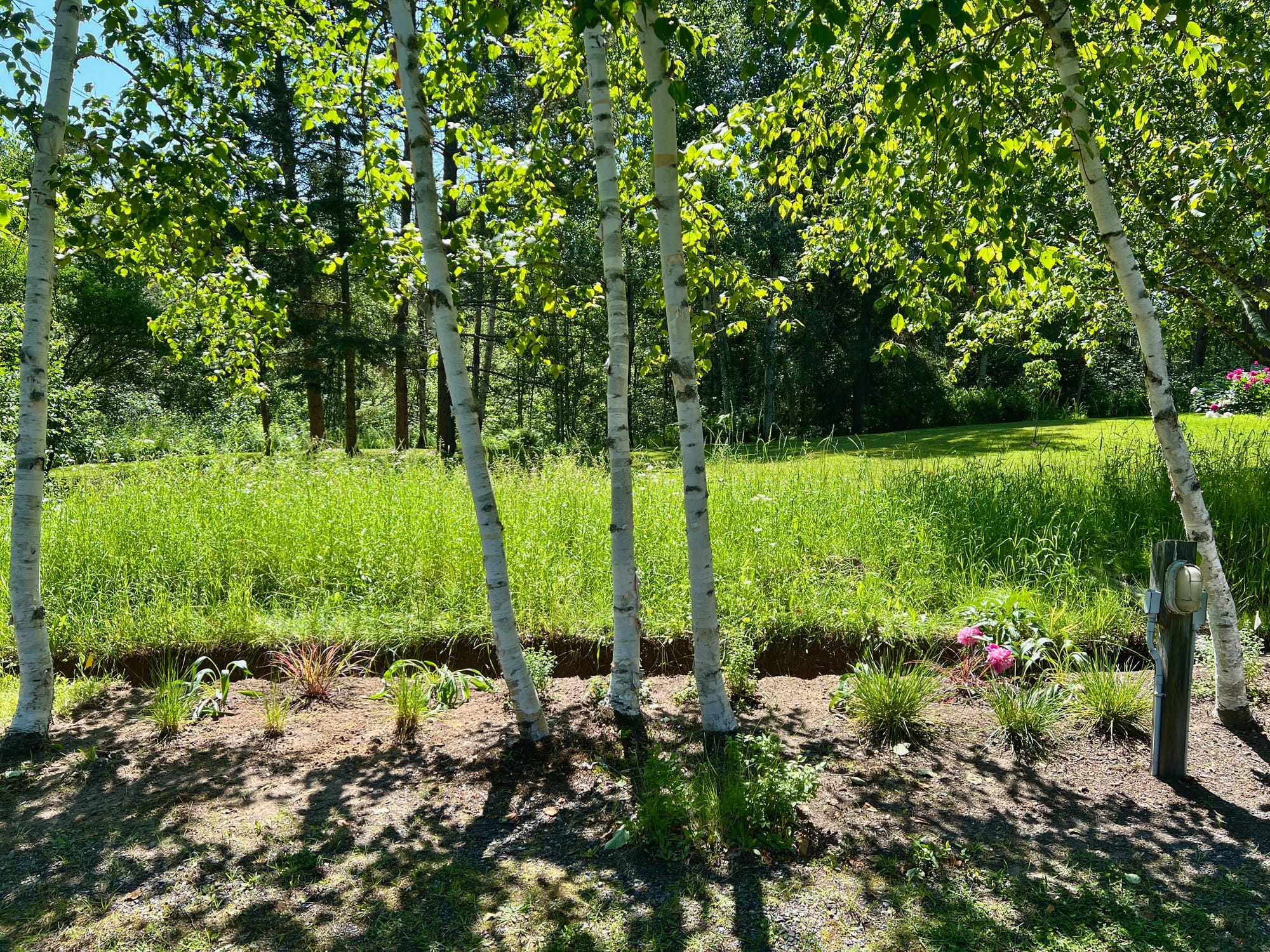Maackia 033: Cultivating Gebraucher

I’m Nathan Langley and this is Maackia, a monthly newsletter on trying a little harder.
The general term for consumer in German is Verbraucher, which can literally be translated as ‘one who uses things up’ or ‘consumes’ things. However, Rams prefers to use the term Gebraucher, which translates as ‘one who makes use of something’ — the user.
Dieter Rams: As Little Design as Possible
An interesting thing happened the other day. A customer was picking up their perennial order when they told me that — to paraphrase — they were “learning so much” from my perennial store.
On the surface, this served as positive reinforcement that what I am trying to build on my website is working, even though it is taking time to create a photographic database of the perennials I am currently selling.
But more than that, it was causing a change in behaviour (even if it was just one person). Most of the plants in my store just have a photograph of their foliage. But each item listed also comes with the basic “objective” information about the given plant. Its latin name, common name, sun exposure, hardiness zone, etc. What this person did, and what I was hoping would happen, was they were taking that basic information and going a step further on their own. They were copying the latin names and searching the internet for more information (like the missing photographs of flowers I am trying to develop).
This is in stark contrast to some of the comments I have received on Facebook. My favourite to date is “Store shows more than half plants just greens with no flower... Very Smart. House for sale with pic of only a roof.”
I recently finished watching the latest What Now with Trevor Noah and he had Jon Stewart on as a guest. It was a great discussion, but Trevor ended the episode by asking Jon what he would change if he had a magic wand.
Jon: “So I think the thing that I would wish for is not an instruction manual, but an information ecosystem that allowed those who would wish to access it and see it to be able to make those decisions about their future and about the future with the good data. Not the data that’s been co-opted and warped and because ultimately the machine’s only as good as the input.
And so I would probably, with my magic wand, want to clean up the inputs so that we’d still fuck up. We’d still make terrible mistakes, but at least we’d all be working off of the good data.”
Gardening in a northern climate is challenging for many reasons, but I find it more so because the information just isn’t there. The local knowledge that explains in detail why a particular plant may or may not be suitable for your place is not readily accessible.
And when you ask people around you, there is a wide range of opinions. For example: hellebores. I have been told quite(!) certainly that they won’t work in Sudbury. But I have also talked to someone who has a number of them in their garden and just bought a few more from my store. Most of the cultivars I brought in this year are a zone 4, but Helleborus niger — Christmas Rose — is a zone 3. Plenty hardy for Sudbury gardens.
So what is a person to do? How do they bridge the gap between starting off as a consumer and working towards becoming a user — a gardener?
To start, they need useable information. Some “good data” as Jon put it. Something that is applicable to them and their place. The internet is full of information, but how much of it is actually useful, never mind representative of our climate? Where I am sitting, most of it is a form of entertainment these days, more often than not. It wants your attention and it comes in easily digestible forms. It isn’t there to help you learn.
It exists to be consumed.
But the lack of information is just the first stumbling block. People also need encouragement. Something, or someone, who has done the work and who has documented it. An archetype.
This is where I am currently stumbling. Creating a database of locally derived plant information is clear in my head. So much so, that I have already built the framework for it on the website as part of my membership program.
However, acting as a guide is not so straight forward. Especially when you throw social media into the mix (because, let’s face it, that is where most people are even if they would rather not be there).
I have no interest in documenting everything I do and posting it on social media. Never mind trying to do that multiple times a day every day. I, personally, don’t get value from trying to keep up with the fire hose of attention vampires online. But attention spans are so short now, if you aren’t on that treadmill you are quickly forgotten. Or, at least, it feels that way.
The crazy making part of all of this stuff is that it takes time and energy away from what I want (and need) to be doing: designing and building new gardens.
Speaking of which, I have (actually) started a few different projects at home. July and August are slower months in Sudbury after the initial spring craziness subsides, so I have been spending a few hours here and there working through some new plans.
The biggest one is to get my trial gardens going. For this, I am taking some inspiration from The Serge Hill Project. I am going to use the old veggie garden plot along my driveway to create something similar to their grid system garden. It is currently full of tall weeds, but I have started turning over the soil and preparing the space.
I have also started working the soil under the birch trees along my driveway as well (photograph at the top of this email). This space will separate the trial garden I want to create from the driveway. But its main purpose will be to mask any direct views of the trial garden from the road.

I did up a quick drawing to help visualize the planting after doing some measurements of the space. I want the perennials to create a seamless visual break, so I have spaced them quite tight (the larger grids in the image is 1m x 1m in size).
The soil isn’t great. It’s mostly sand and gravel. But I have chosen plants that should do ok in those conditions once they establish. I would get some bulk soil delivered to amend everything, but I’m impatient. I just want to get some things in the ground. Enough with the delays already!
The plants I’m using are:
- Andropogon gerardii ‘Blackhawks’ (‘Blackhawks’ Big Blue Stem)
- Aster dumosus ‘Wood’s Light Blue’ (‘Wood’s Light Blue’ New York Aster)
- Deschampsia cespitosa ‘Gold Dew’ (‘Gold Dew’ Tufted Hair Grass)
- Deschampsia cespitosa ‘Gold Veil’ (‘Gold Veil’ Tufted Hair Grass)
- Echinacea pallida (Pale Purple Coneflower)
- Monarda fistulosa (Wild Bergamot)
- Nepeta faasenii ‘Walker’s Low’ (‘Walker’s Low’ Catmint)

The work itself is slow-going — lots of hand weeding with my hori hori in between birch roots. But I am about half way done. Unfortunately it doesn’t look like much right now.
Hopefully, in another month, I will have a better photograph to share!
n